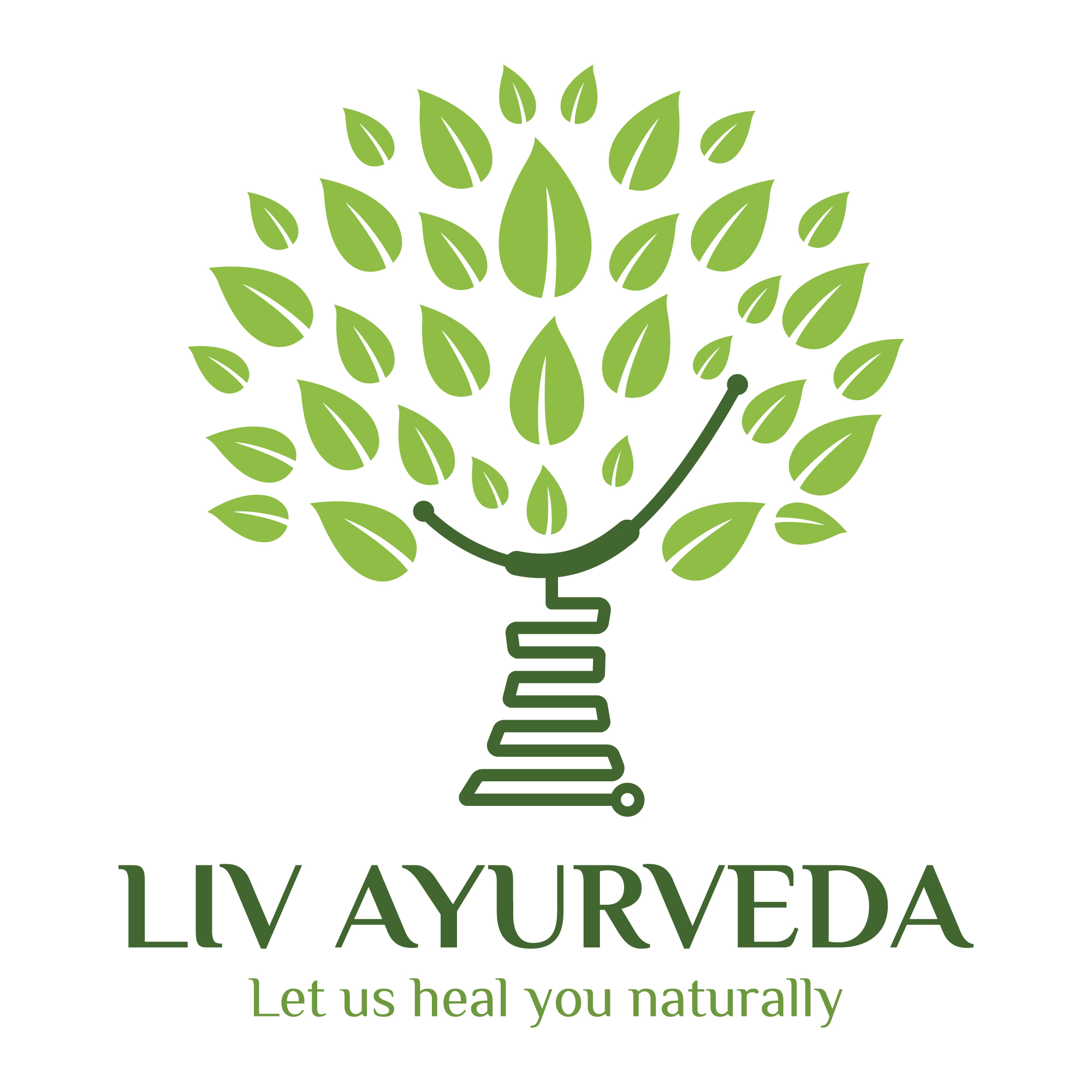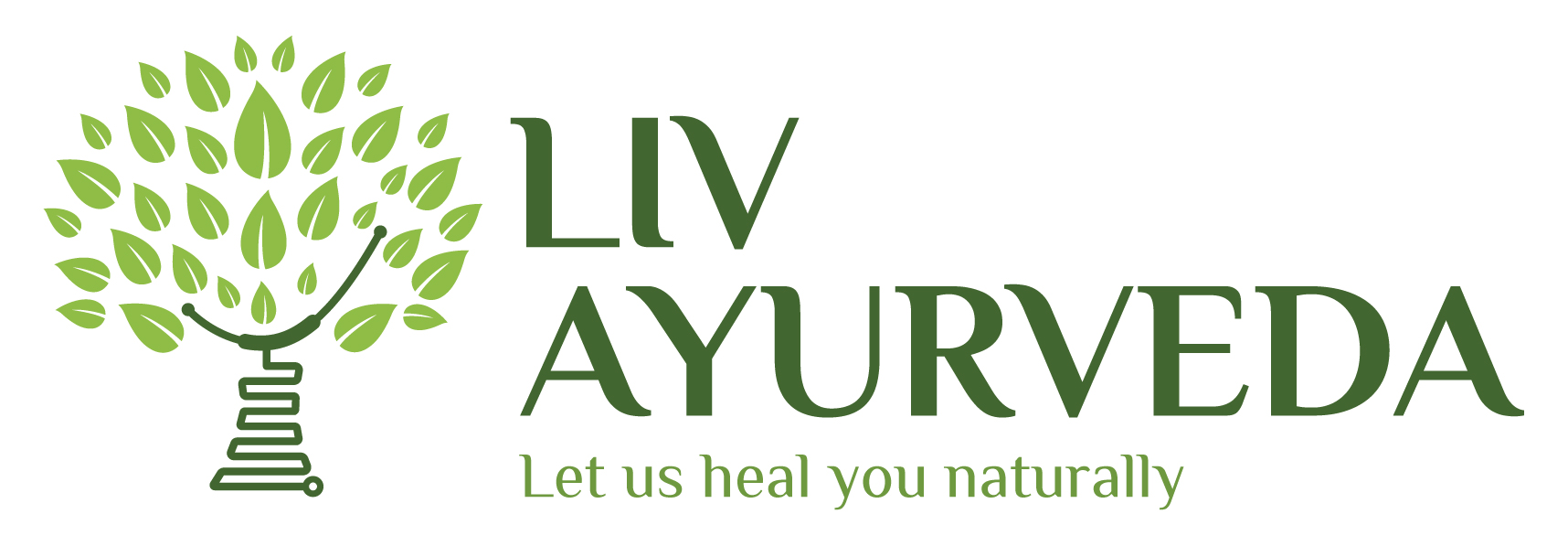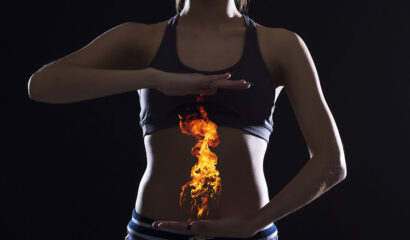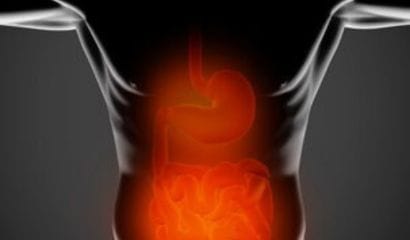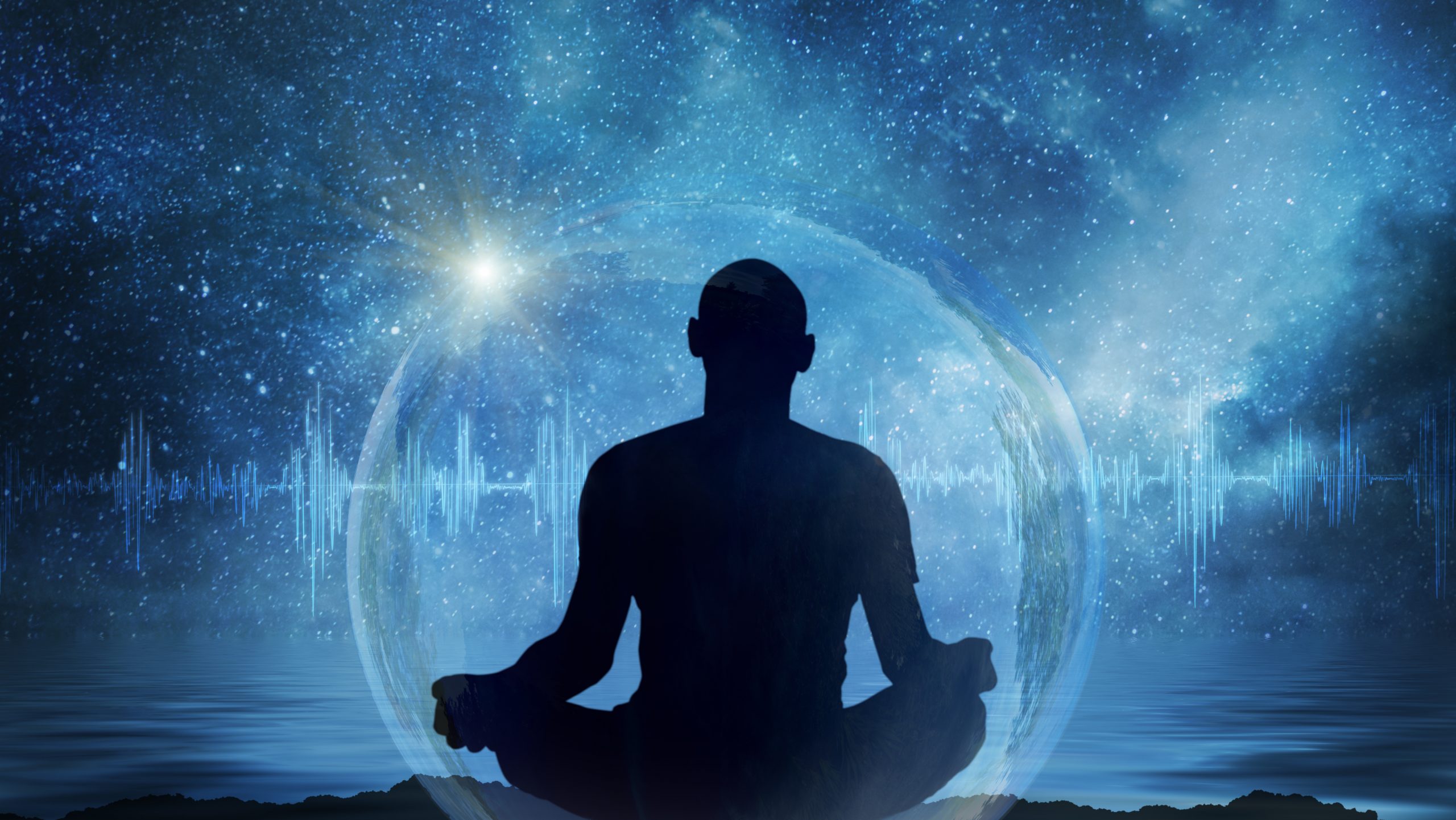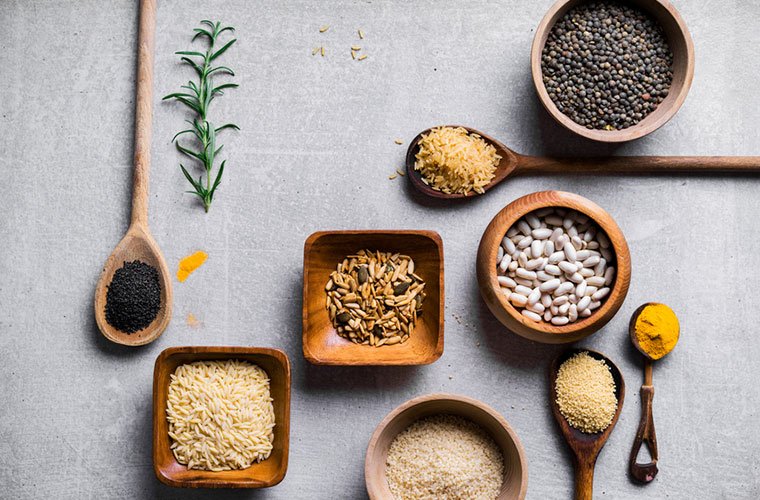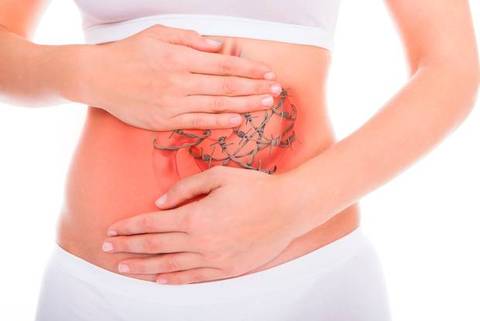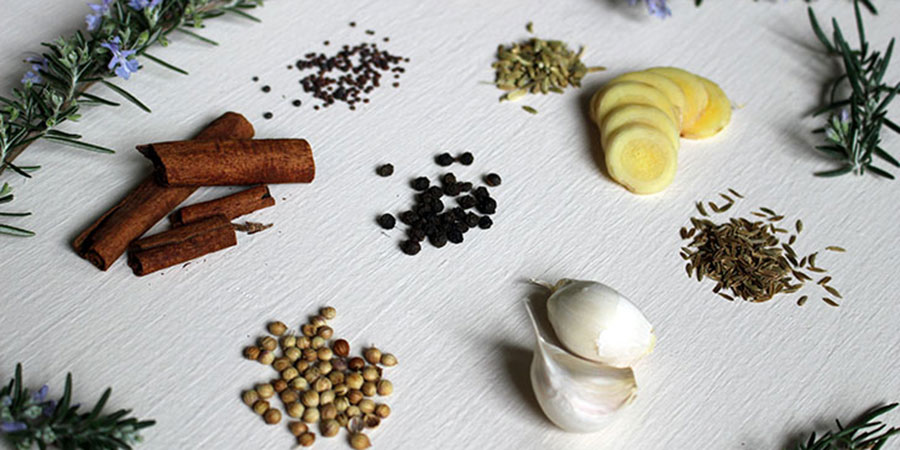Your cart is currently empty!
Panchakarma literally means FIVE THERAPIES and comes under the heading of sodhana therapy (purification or detoxification therapy). If something upsets our stomach, we tend to vomit. If the intestines are affected, we get diarrhea. Phlegm is eliminated through nose and mouth and so on because these are the natural channels of cleansing the body. Ayurveda recommends to use these natural channels of cleansing in an increased, but controlled way to cleanse the system.
Ayurveda recommends seasonal cleanse for anyone who is healthy. Panchakarma (Ayurvedic detox) according to ritus (seasons) are indicated for healthy individuals. Ayurvedic detox forms a part of Ayurvedic seasonal regimes (Ritucharya). According to our body type, we naturally tend to increase certain doshas in some seasons. If not addressed timely, they can accumulate causing problems later. So, Ayurveda recommends seasonal cleansing for all healthy individuals to maintain and boost health. Depending upon the body type, previous imbalances and diseases tendencies, the pancha karma recommended for a person can vary. Practicing pancha karma according to ritus (seasons) go a long way in maintaining health and vigor.
Liv Ayurveda offers pancha karma plans for healthy individuals that are relaxing, affordable and that can be easily done.

